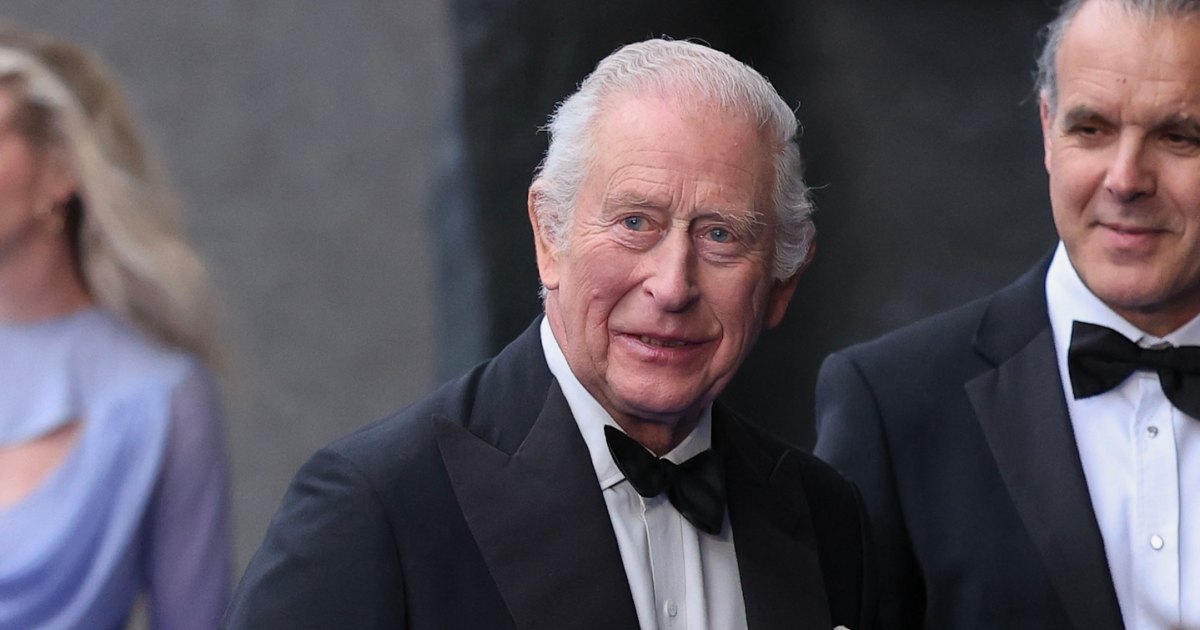Behind the Smile: King Charles III Navigates Tensions with Prince Harry
King Charles III stepped onto the red carpet in a tailored tuxedo this week, his public smile belying the private tensions simmering within the royal family. The monarch, 75, faces mounting scrutiny over his strained relationship with Prince Harry, whose tell-all memoir and public criticisms have cast a long shadow over the House of Windsor. As the royal institution grapples with modernization pressures, observers question whether father and son can bridge their differences.
The Public Face of Private Struggles
During his recent engagement at a London charity gala, Charles maintained his trademark composure, shaking hands and exchanging pleasantries with guests. Yet royal experts note subtle tells in his body language—a tightened jawline when Harry’s name arose in conversation, fleeting pauses before answering questions about family unity. These micro-expressions speak volumes about the challenges beneath the crown’s polished exterior.
“The monarchy has always balanced private conflicts with public duty,” says Dr. Eleanor Sutton, a historian specializing in modern royalty. “But the digital age magnifies every gesture. Charles must project stability while navigating what may be the most publicly dissected father-son rift in royal history.”
By the Numbers: The Royal Rift’s Impact
Recent surveys illustrate how the tension affects public perception:
- 58% of Britons believe the feud damages the monarchy’s reputation (YouGov, 2023)
- Only 32% view Harry and Meghan’s departure as a “private matter” (Ipsos MORI)
- Charles’ approval ratings dropped 7 points following Harry’s memoir release
Palace insiders report the king spends considerable energy managing these fallout effects. “Every public appearance now carries dual purposes,” notes a senior staffer speaking anonymously. “Advancing his charitable causes while subtly addressing the family narrative.”
Generational Divides and Institutional Pressures
The conflict stems from overlapping personal and structural tensions:
- Tradition vs. Modernity: Harry’s desire for transparency clashes with royal protocols
- Duty vs. Autonomy: The crown’s demands conflict with Harry’s pursuit of independence
- Public vs. Private: Media scrutiny exacerbates normal family disagreements
“This isn’t just about two strong-willed individuals,” explains psychologist Dr. Raj Patel. “It’s a collision between centuries-old institutional norms and contemporary values around mental health and personal boundaries. Both men are, in their own ways, products of their environments.”
Pathways to Reconciliation
Several scenarios could unfold in coming months:
- Private Mediation: Behind-the-scenes talks facilitated by mutual confidantes
- Public Gestures: Carefully choreographed joint appearances to signal unity
- Institutional Reforms: Modernized royal protocols addressing Harry’s criticisms
Notably, Charles has reportedly extended an olive branch by inviting Harry to Balmoral this summer—a potential turning point. “Shared, informal time away from cameras could work wonders,” suggests royal biographer Margaret Tyler. “The question is whether both want reconciliation enough to compromise.”
The Monarchy’s Future Hangs in the Balance
As Charles prepares for his coronation anniversary, the stakes extend beyond personal relationships. The monarchy’s relevance depends on its ability to evolve while maintaining public trust. How this father-son dynamic resolves—or doesn’t—will significantly influence that calculus.
For now, the world watches as a king smiles through what may be his greatest challenge: leading a thousand-year-old institution while mending a very human family fracture. The coming months will reveal whether royal duty and paternal love can find common ground.
Want to stay updated on royal developments? Subscribe to our newsletter for expert analysis on the evolving monarchy.
See more CNET Live

